Blink vs Ring Doorbell: Which One Should You Buy in 2024?
- Choose between Blink and Ring Doorbell for your home security needs. Blink offers simplicity and affordability, while Ring provides advanced features and seamless integration. Make an informed decision based on your preferences and priorities.
- When choosing a smat doorbell, consider factors such as budget, desired features, ease of installation, and compatibility with existing smart home systems to determine the best fit for your needs.
- Basic features are available without a subscription for both. However, additional features may require a subscription plan, so consider your budget and desired functionality.
In the rapidly evolving landscape of home security, the comparison of Blink vs. Ring Doorbell has become increasingly relevant. These two popular options, owned by Amazon, offer users a range of features and capabilities to enhance their surveillance and peace of mind.
Blink and Ring Doorbell represent distinct approaches to smart doorbell technology, each with its own strengths and considerations. In this comparison, we’ll explore the key features, pricing, and user experiences of Blink and Ring Doorbell to help you make an informed decision for your home security needs. So, let’s get started!
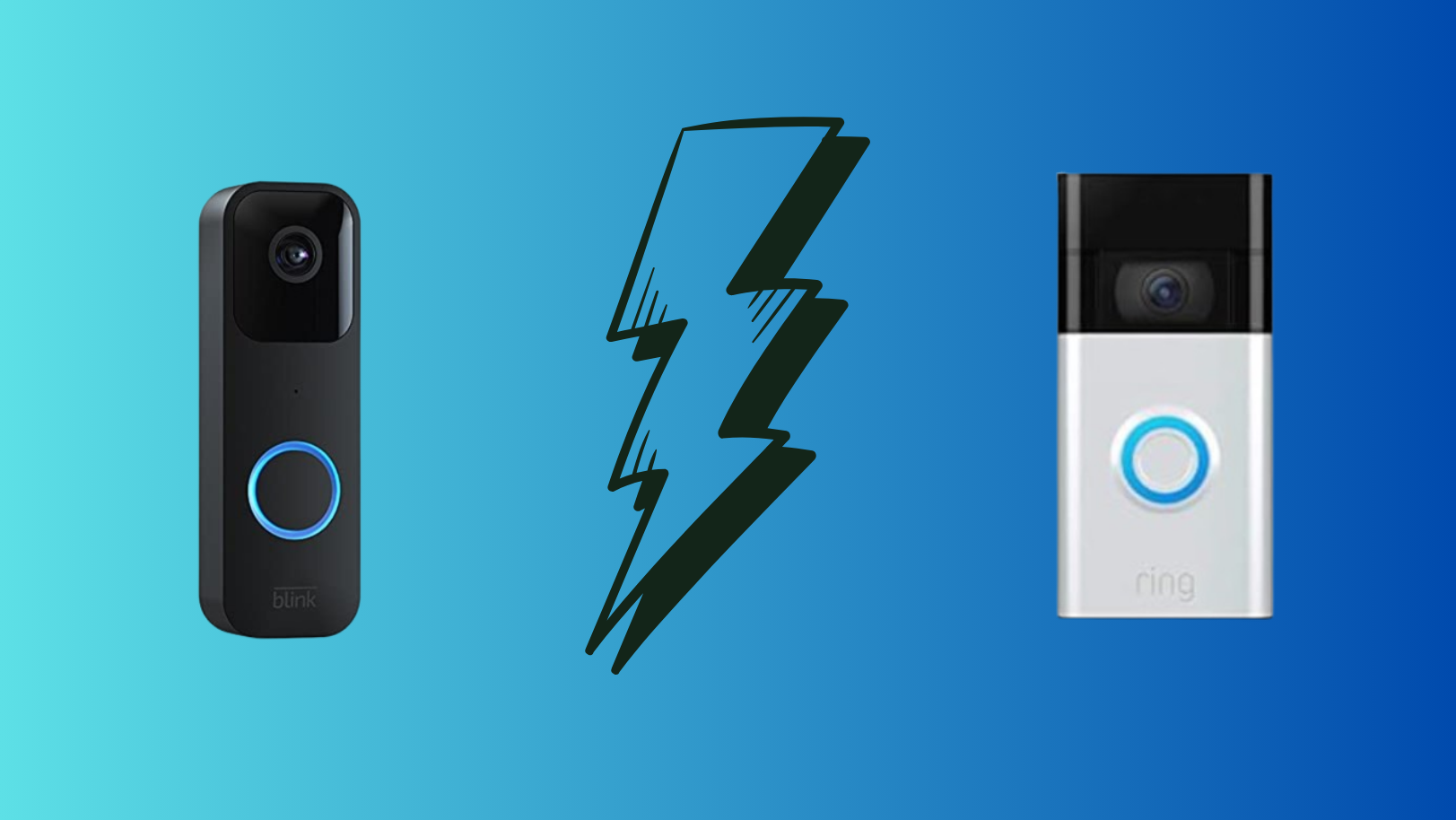
Table of Contents
Blink vs. Ring Doorbell
Blink offers a straightforward and budget-friendly approach to home security with its range of smart doorbell options. With easy installation and essential features, Blink appeals to users seeking reliable home surveillance without complexity or high costs.
On the other hand, Ring is known for setting the standard in smart doorbells with its comprehensive features and seamless integration. Offering a wide range of models with advanced capabilities, Ring prioritizes versatility and connectivity in home security.
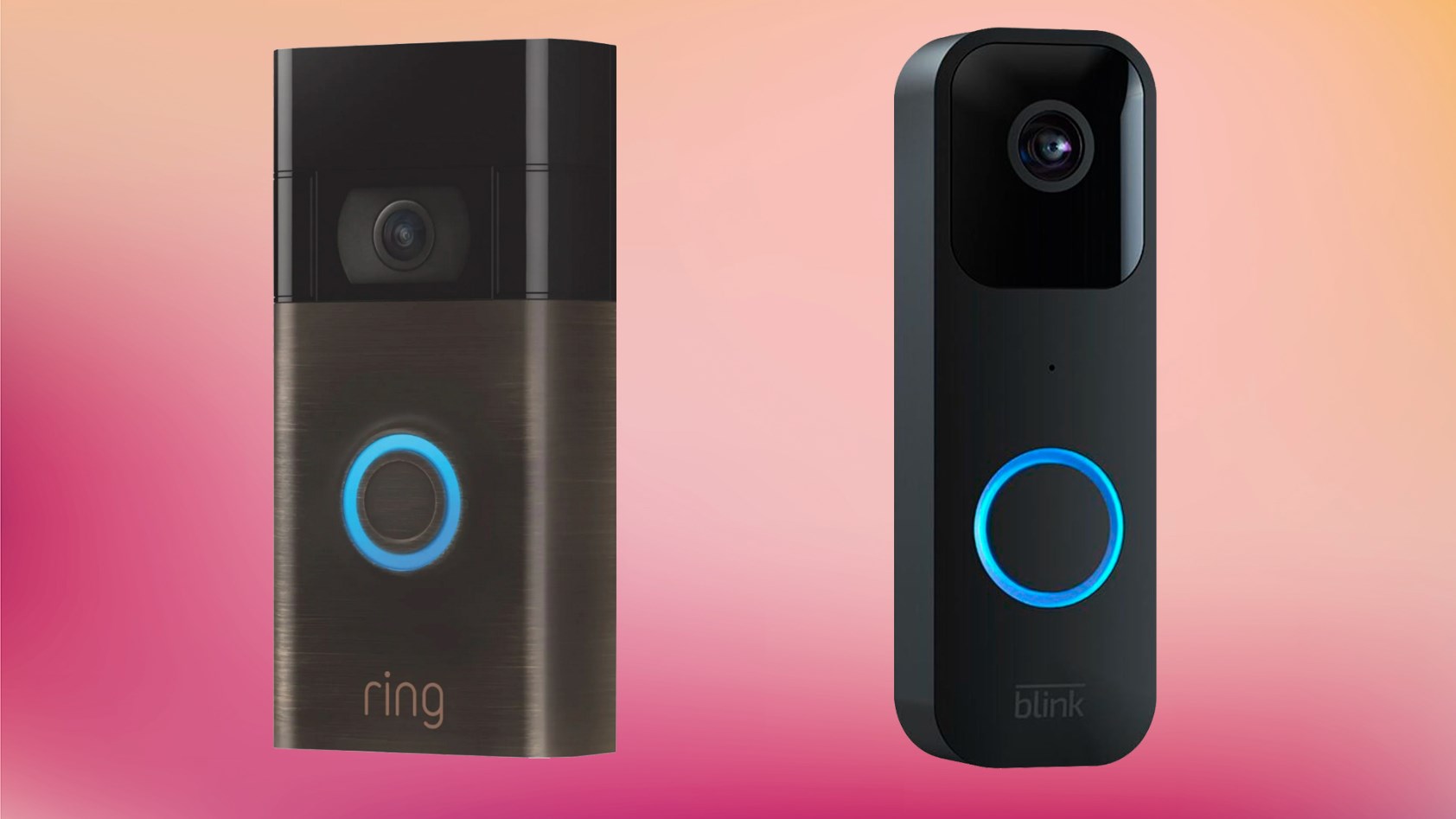
READ MORE: How Does The Ring Doorbell Work?- A Detailed Guide ➜
Now, we will compare the features of these two smart doorbells so you can decide which one is better for you. Let’s get into it.
↪ What’s Similar
First things first, let’s talk about what is similar in both brands:
1. Ownership
Blink and Ring are under the Amazon umbrella, offering consumers a range of options within the same ecosystem. This ensures healthy competition and diverse choices for consumers.
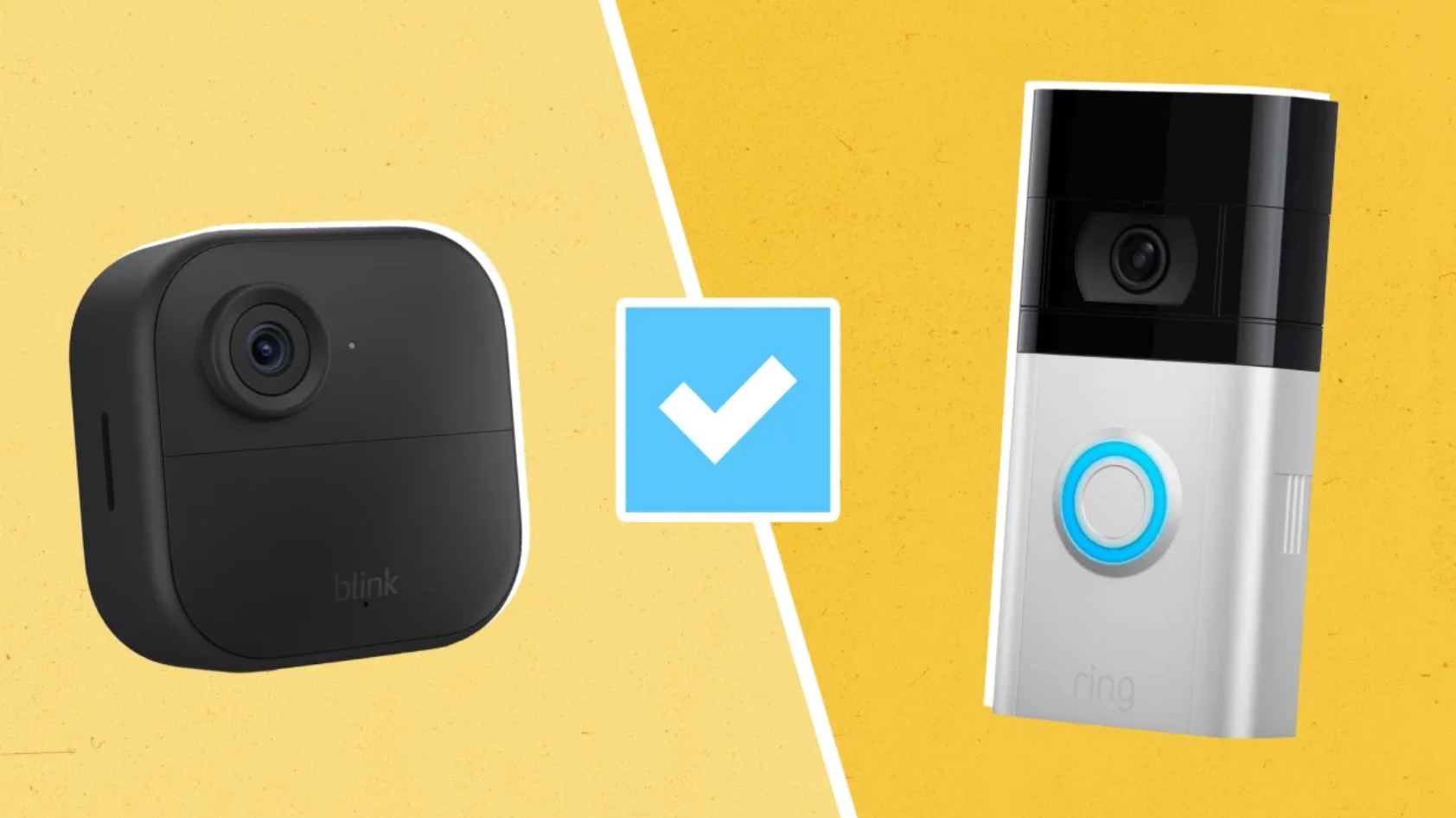
2. Purpose
Both of these brands prioritize providing homeowners with a sense of security and convenience through their video monitoring and interactivity features. These features allow users to monitor their homes remotely, receive alerts for any detected activity, and interact with visitors at their doorstep.
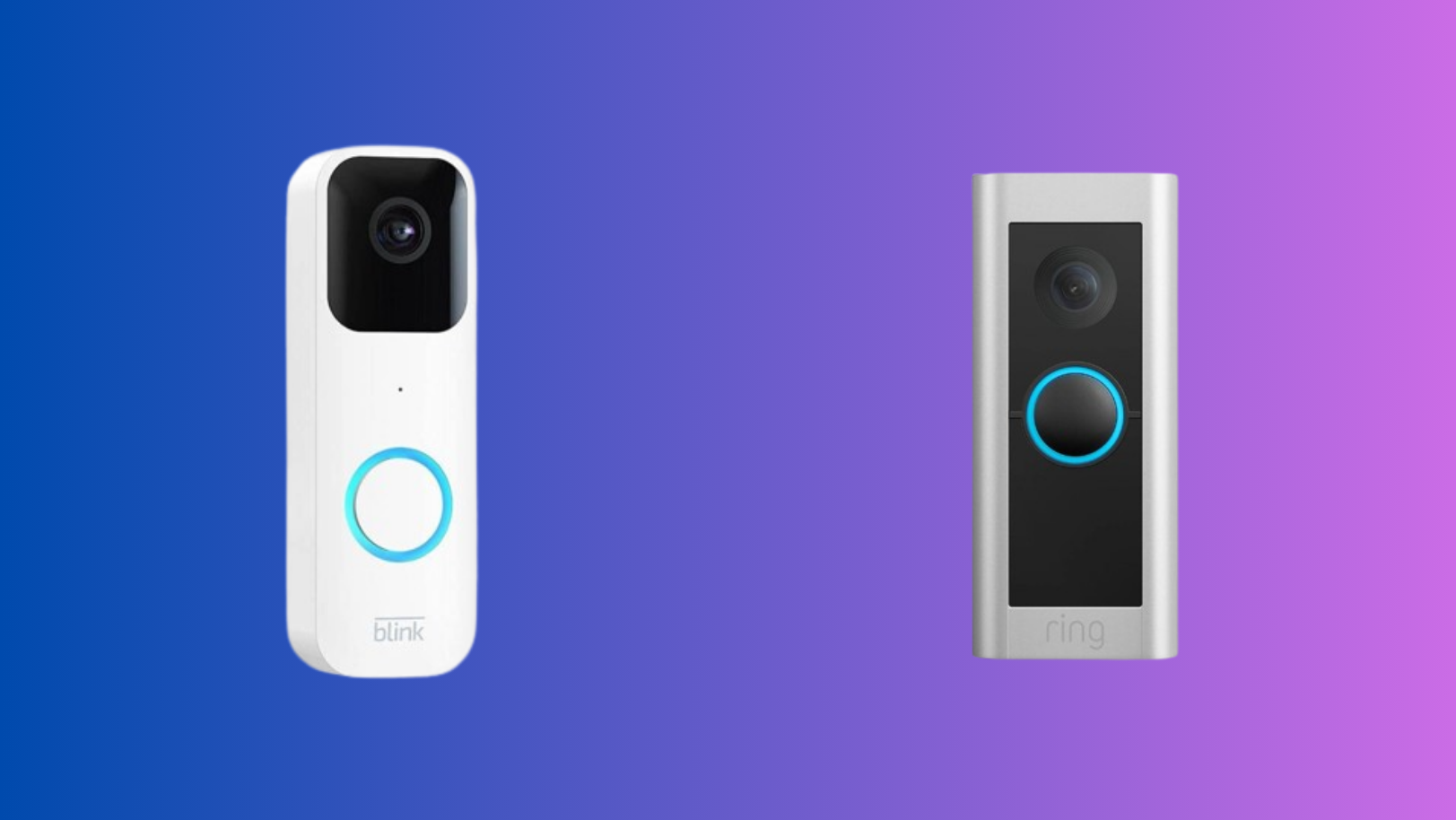
3. Video Quality
Both devices typically offer high-definition video quality, allowing you to see clear footage of your surroundings.
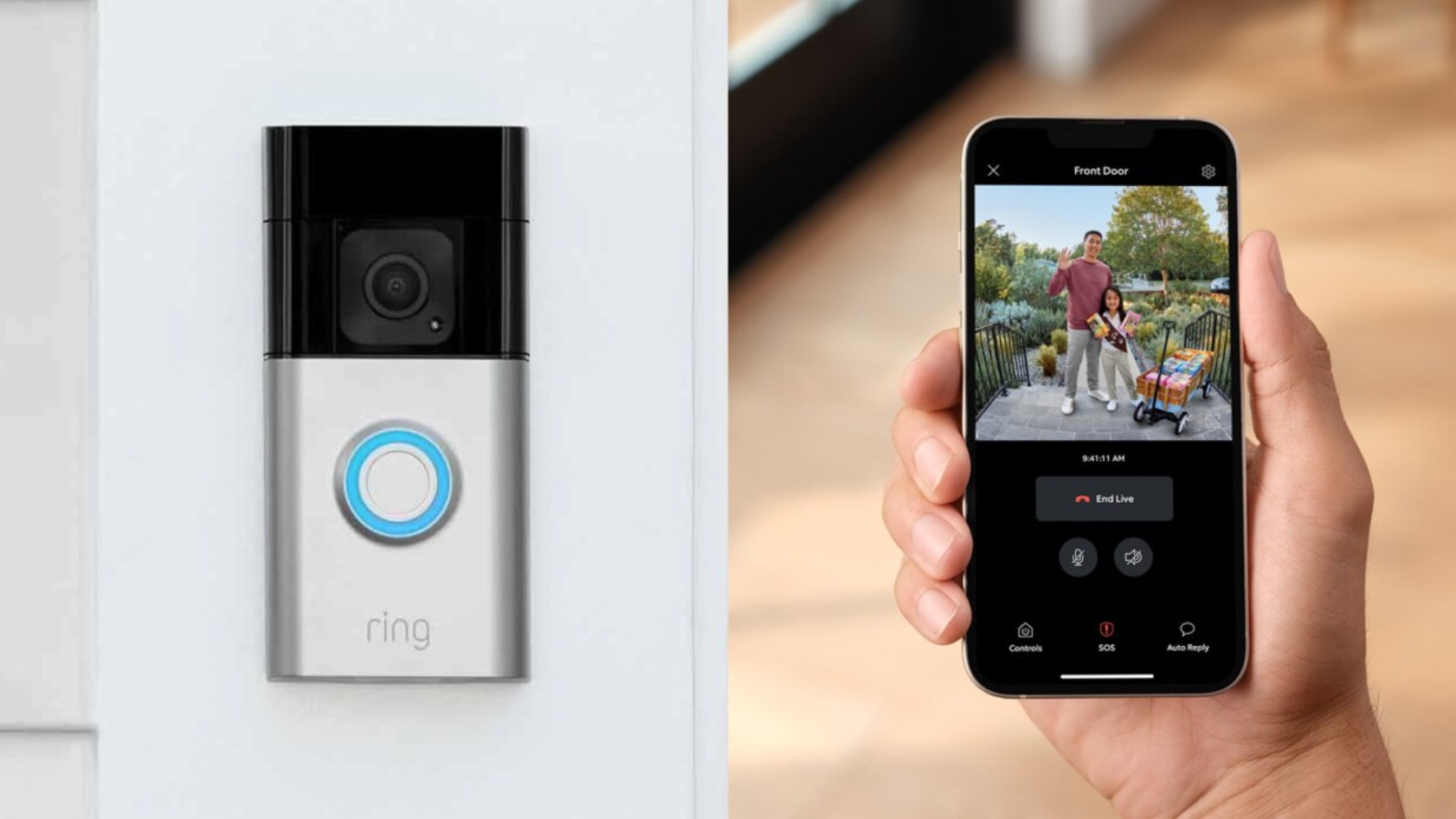
READ MORE: Ring Doorbell not Connecting to WiFi? Try These Fixes ➜
4. Integration and Ease of Use
Ring seamlessly integrates with Amazon Alexa and offers compatibility with various smart home ecosystems. Blink also works well with Alexa but may require additional components for certain functionalities.
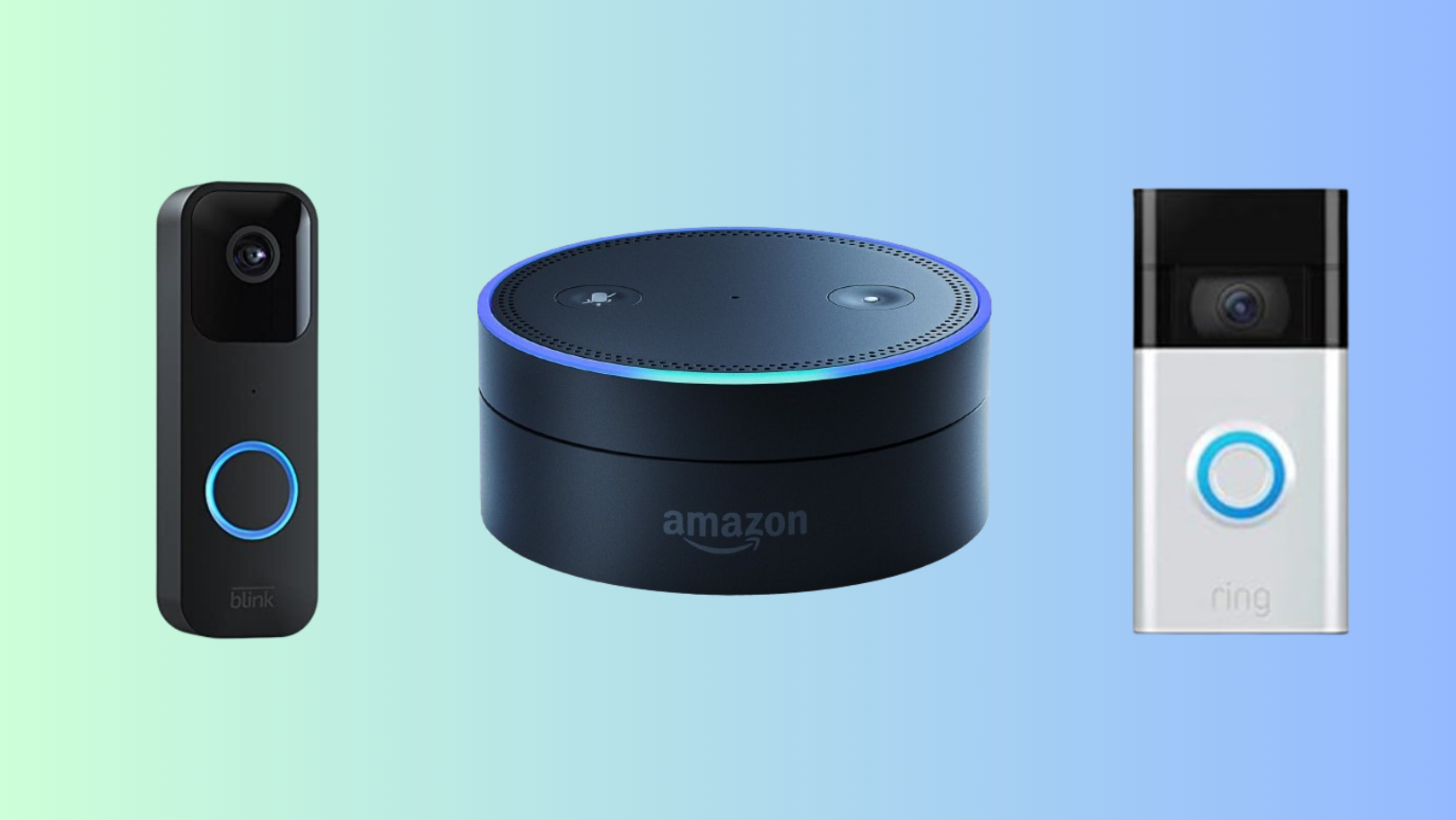
5. Indoor Monitoring
Indoor monitoring with both Blink and Ring cameras delivers consistent quality in well-lit conditions. Users find the video feeds clear and detailed, enabling effective surveillance of indoor spaces. This ensures they can easily identify individuals and activities captured by the cameras, enhancing overall security.
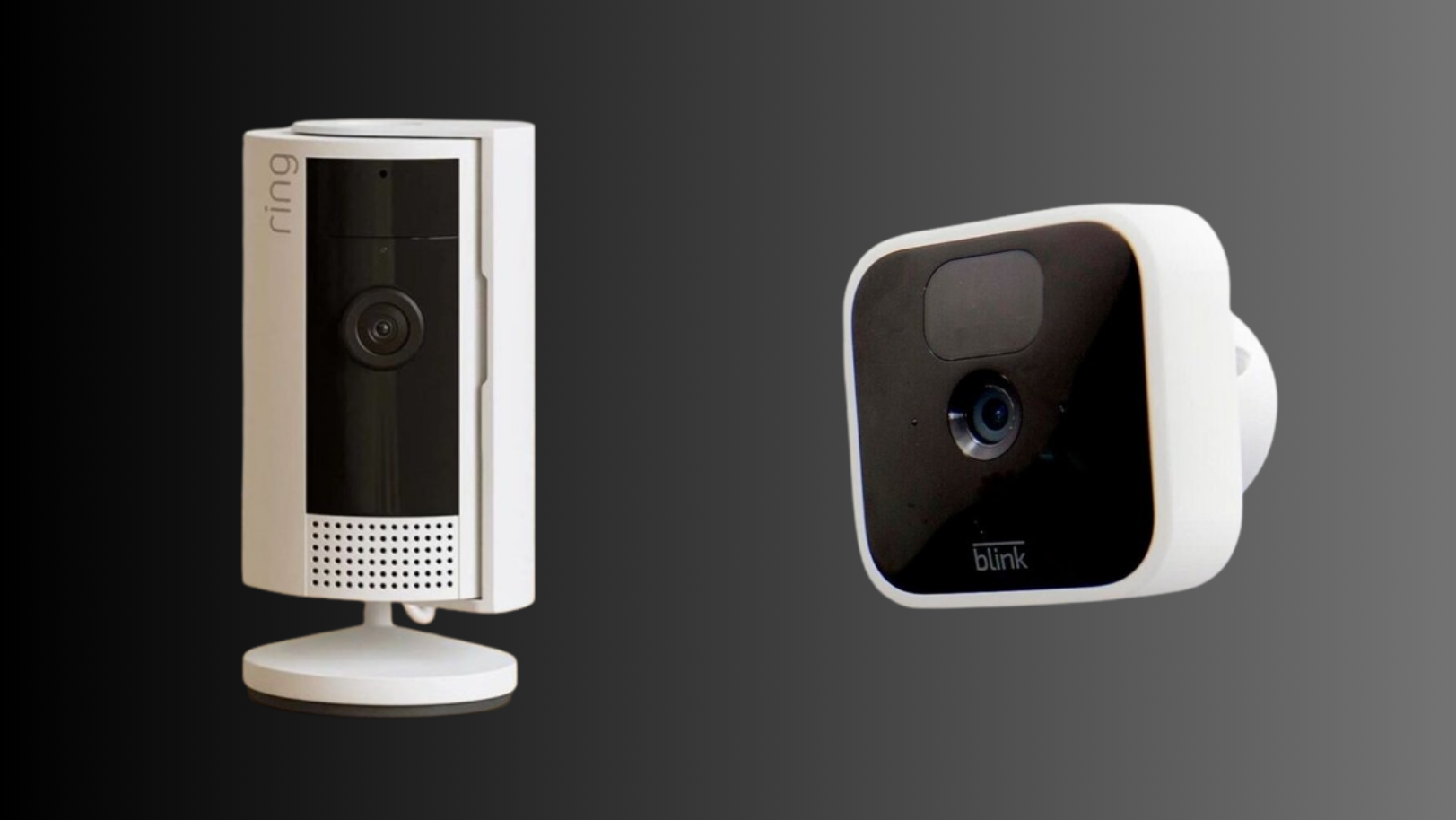
6. Mobile App Integration
Both Blink and Ring provide dedicated mobile apps for convenient monitoring and control of their respective devices. Through these apps, users can easily access live video feeds, receive notifications, and adjust settings from anywhere, enhancing the flexibility and accessibility of their home security systems.

7. Product Tiers
Each brand offers entry-level and mid-level product options catering to different user needs and budgets. These options allow users to select the device that best fits their requirements and financial constraints while still providing essential security features.
8. Motion Detection
Both systems are equipped with motion sensors that trigger recording when movement is detected, helping to alert homeowners of potential visitors or intruders.
READ MORE: How To Ring Door Bell Automatically With Object Detection? ➜
↪ What’s Different
Now, let’s mention what the differences between these smart doorbells are:
1. Design
Blink’s minimalist designs are more discreet than Ring Doorbell, appealing to users seeking subtler aesthetics in their home security. The sleek profile allows Blink devices to blend seamlessly into various architectural styles without drawing unnecessary attention. This understated approach provides effective surveillance without compromising the overall appearance of the property.
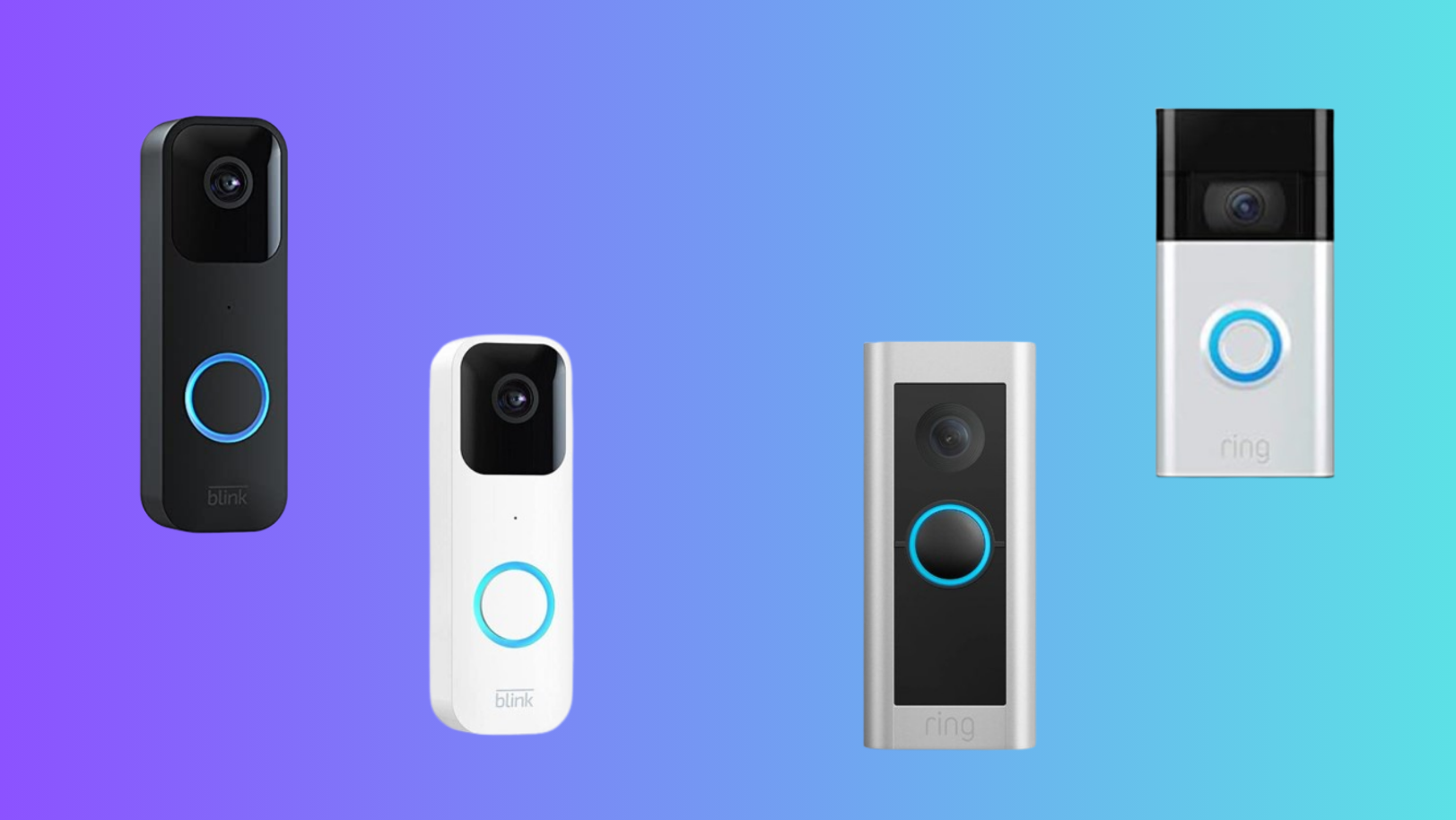
2. Subscription and Storage
While both systems offer optional subscription plans for cloud storage and advanced features, the pricing and features included in these plans may vary between Blink and Ring Doorbell.
Ring requires a Ring Protect subscription for cloud storage and additional features, costing $3.99 per month or $39.99 annually. Blink offers local storage options using a USB drive with no additional subscription fees.
READ MORE: Why is my Blink’s ‘Sync Module Offline’ & How to Fix it ➜
3. Features and Functionality
Ring offers a range of models with varying features, including different resolution options, motion detection capabilities, and compatibility with existing doorbell wiring. It provides a broader range of features and integration options, making it a more versatile choice for users seeking advanced functionalities.

On the other hand, Blink may be perceived as more straightforward, offering basic features suitable for those prioritizing simplicity. It provides 1080p Full HD video, two-way communication, and night vision, similar to Ring. However, it operates on AA lithium batteries and requires a separate Blink Sync Module for certain features.
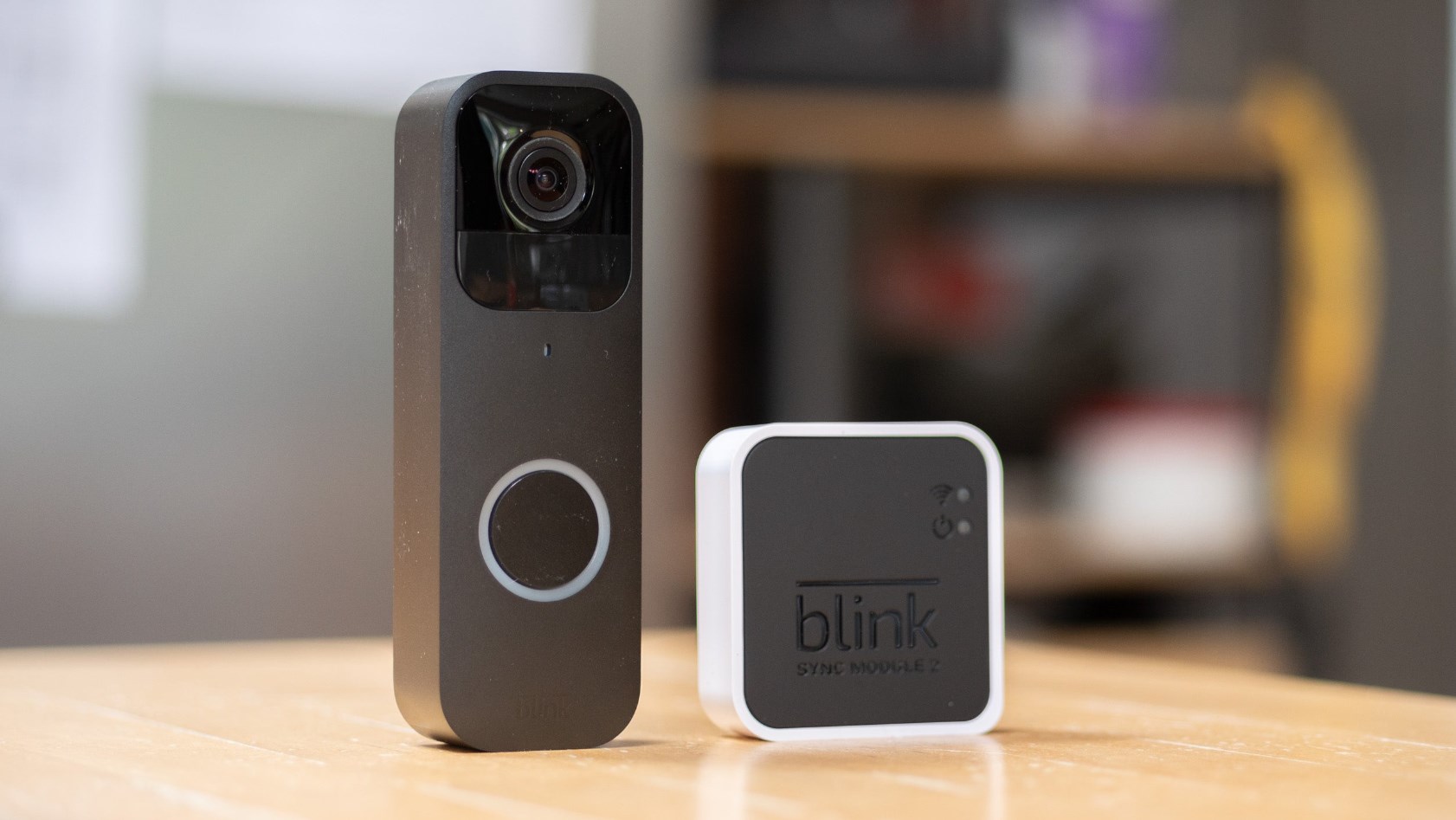
4. Setup and User Interface
Blink earns praise for its simple and user-friendly setup process and interface, allowing for seamless installation and operation. In contrast, users often find Ring’s setup to be more intricate and its user interface busier, necessitating more time to navigate and configure settings.
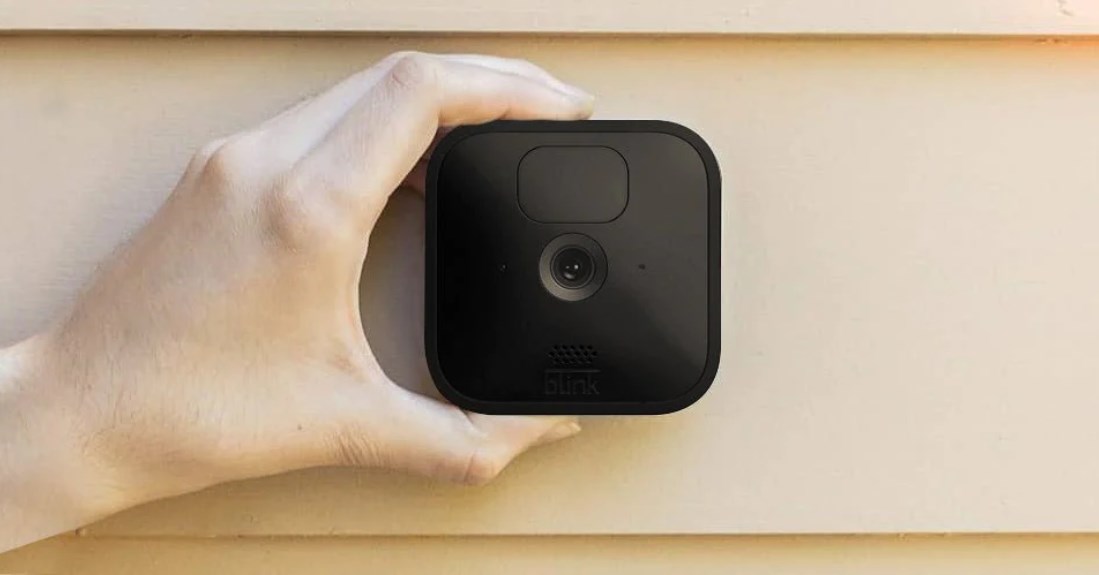
This difference in user experience highlights Blink’s emphasis on simplicity and ease of use, while Ring’s interface may offer more features but requires additional time and effort to navigate effectively.
READ MORE: Are your Blink Cameras Not Working? Try these Fixes! ➜
5. Integration with Other Devices
Ring Doorbell often boasts more extensive integration with other smart home devices and platforms, offering users greater flexibility in building a comprehensive home security ecosystem.
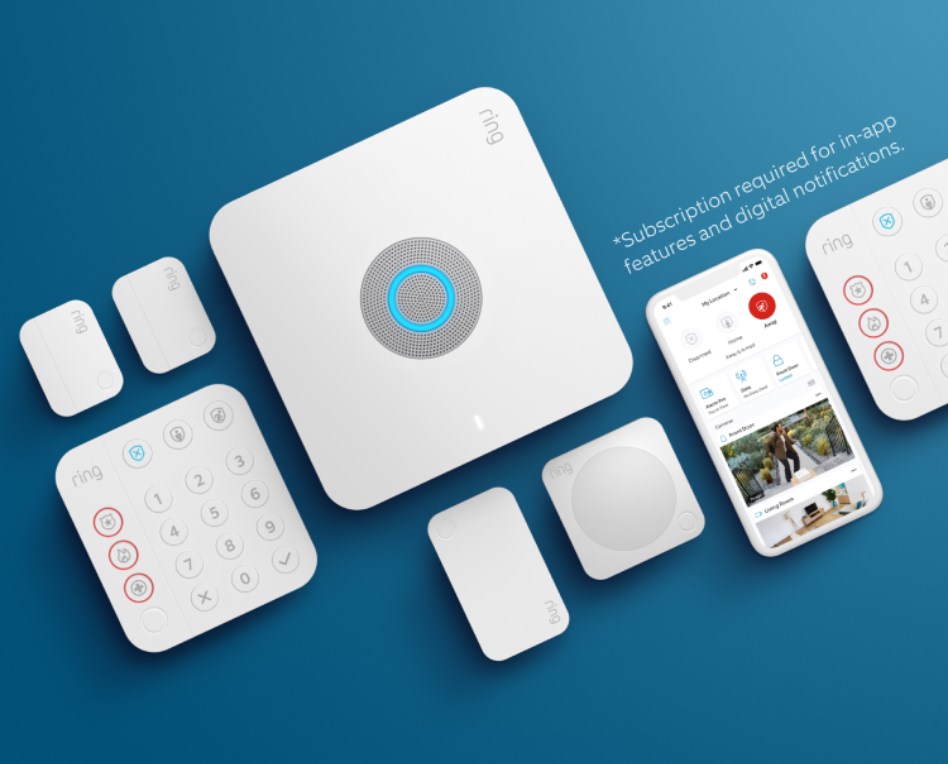
6. Audio Features
Ring Doorbell typically has two-way audio capabilities, enabling users to communicate with visitors at their door in real time. Conversely, Blink may offer limited or different audio functionalities, which could vary depending on the specific model.
7. Power Source
Blink cameras are commonly battery-powered, providing users with flexibility in camera placement without being constrained by wiring requirements. In contrast, Ring Doorbell may necessitate wiring for power, potentially limiting installation and placement options based on existing wiring configurations.
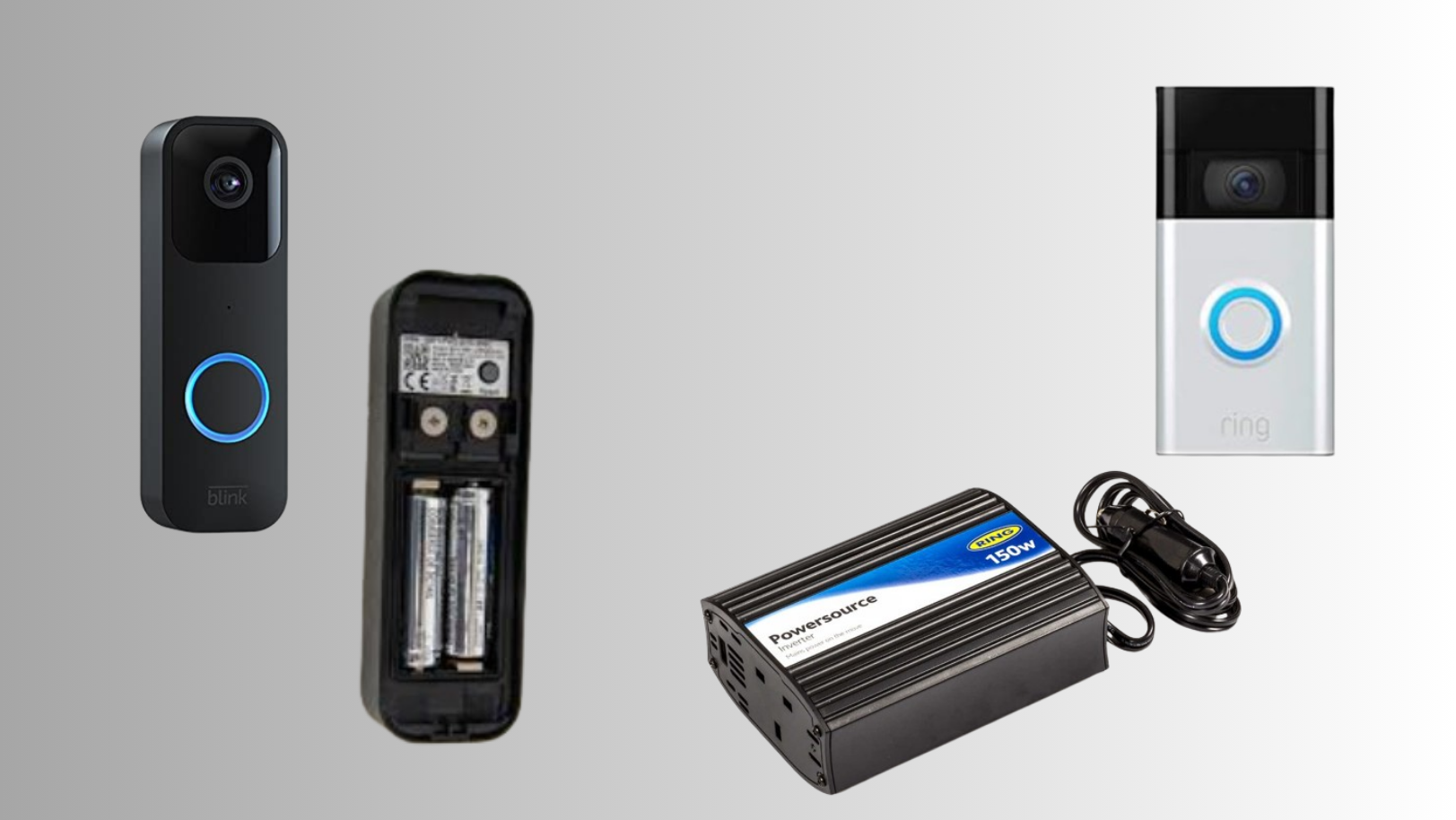
8. Night Vision Quality
Blink cameras struggle with capturing clear night vision, resulting in ghostly images. Ring cameras, in contrast, provide crisp and clear night vision, enhancing visibility in low-light conditions.
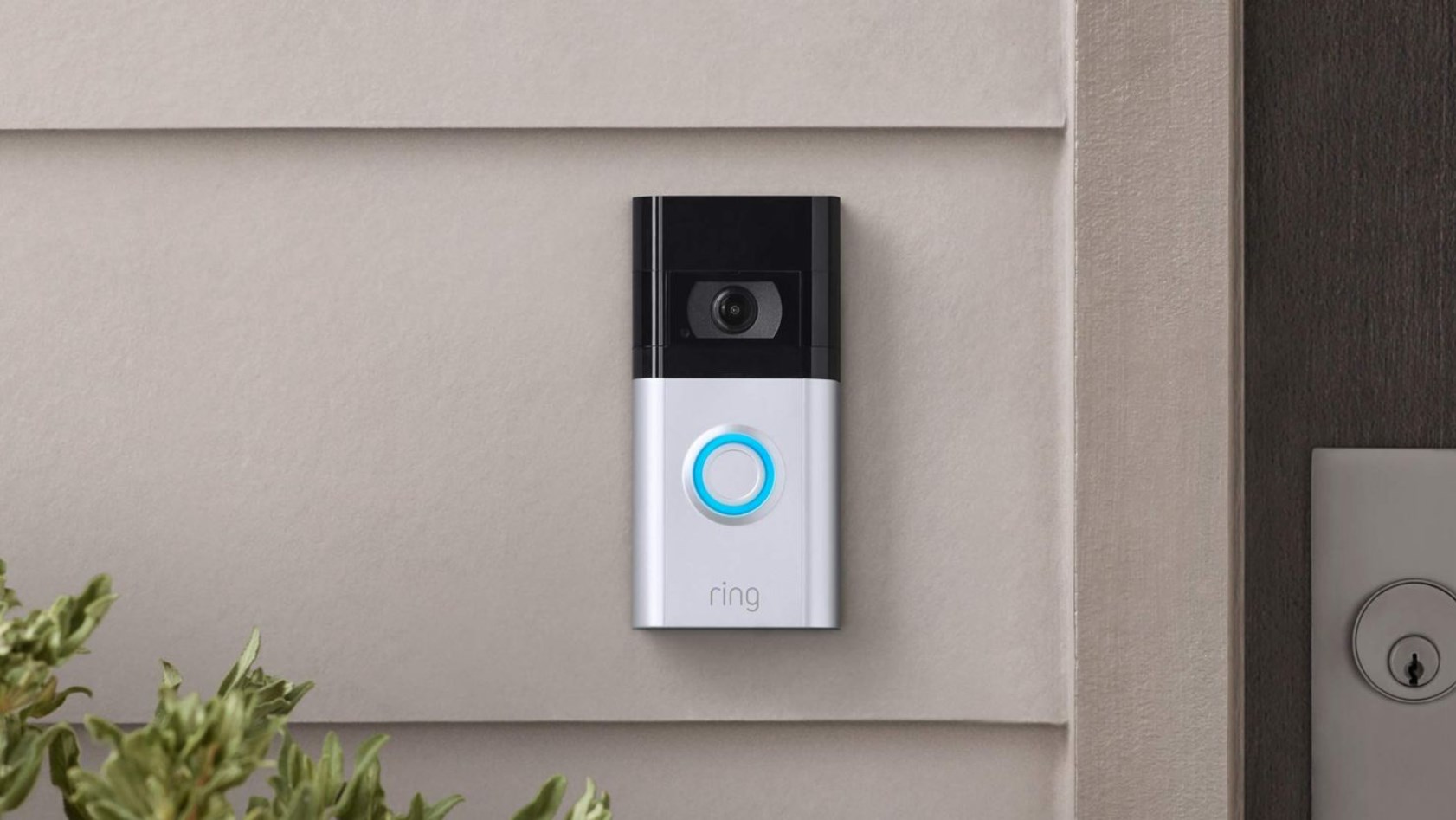
READ MORE: 5 Best Amazon Alexa and Google Home Compatible Home Security Systems ➜
Which One Should You Get?
In the final verdict, the choice between Blink vs. Ring Doorbell ultimately depends on individual preferences, priorities, and specific needs for home security.
For users valuing simplicity, affordability, and minimalist design, Blink emerges as a compelling option. Its straightforward setup, budget-friendly pricing, and discreet aesthetics make it ideal for users seeking essential surveillance features without complexity.
On the other hand, Ring Doorbell offers a comprehensive suite of features, seamless integration with smart home ecosystems, and advanced functionalities, making it suitable for users who prioritize versatility and connectivity.
While its setup process may be more involved and its interface busier, Ring’s extensive feature set and compatibility with various devices and services provide users with a robust home security solution.
Ultimately, users should carefully consider their requirements, budget constraints, and desired features to determine which smart doorbell aligns best with their needs and preferences for home surveillance and convenience.
FAQs
Yes, both Blink and Ring Doorbell are compatible with various smart home ecosystems, including Amazon Alexa and Google Assistant.
Blink and Ring Doorbell are designed for easy installation, although Ring Doorbell may require more wiring depending on the model.
es, both Blink and Ring Doorbell offer options suitable for outdoor surveillance, providing weatherproof designs and night vision capabilities.
 Reviewed by
Reviewed by 




